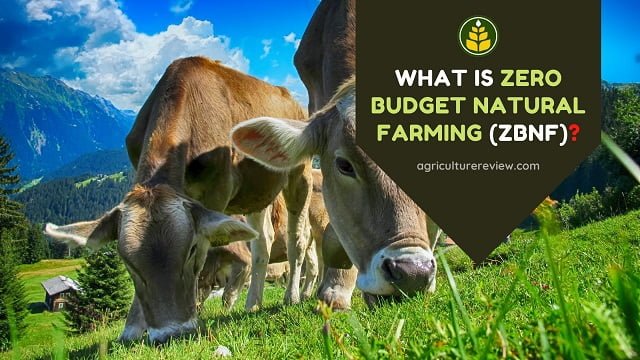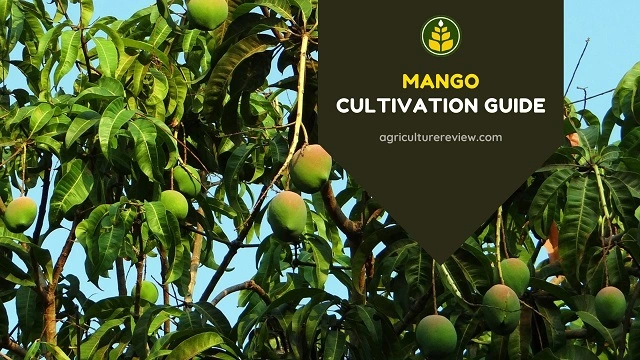ZBNF or Zero Budget Natural Farming is a farming technique in which addition of any external chemical inputs are prohibited. In this farming technique farmers use natural available resources to prepare bio-fertilizers, and pesticides for farming purposes.
Hence ZBNF focuses on reducing the need of any high cost external inputs that put burden on shoulder of the farmers. The idea and concept of zero budget natural farming if practiced can improve soil health as well as farmer’s income.
If you you are a farmer, an agriculturist or a student then this guide will help you to know complete details and methods of zero budget natural farming.
Table of Contents
Who Introduced Zero Budget Natural Farming?
The man behind ZBNF is Mr. Subhash Palekar (Padma Shri Recipient) from Maharashtra, India. He introduced Zero Budget Natural Farming to the world and is also known as the Father of ZBNF. Mr. Palekar says that farming is guided by natural factors and adding chemical damages soil.
Due to food crisis, Green revolution was introduced in India during 1960’s. Farmers started using High Yielding Variety seeds, chemical fertilizers, pesticides, machinery, and tools. However it helped farmers to increase the overall yield but in long run it has only deteriorated soil health.
Moreover high cost involved in these external inputs put farmers in debt. Hence although they produce more, they are unable to earn good profits. And in case if there is any natural disaster such as flood, or draught then it puts huge pressure on farmer to bounce back from his poor condition.
That’s why he introduced Zero Budget Natural Farming to the world to solve this problem. He says that this farming concept can not only make farming sustainable but can also help to improve life of farmers.
What Is Zero Budget Natural Farming (ZBNF)?

By reading so far you must have understood that this farming technique is based on avoiding addition of any external inputs such as chemicals, Genetically Modified Seeds, etc. But then the question is how a farmer can be profitable by adopting this technique.
Well here is the answer!
ZBNF is mainly based on four basic pillars, Jeevamrut, Beejamrut, Acchandana, and Whapasa.
Jeevamrut
Jeevamrut is an organic bio-fertilizer and pesticide that promotes microbial activities in the soil and increases nutritional composition. It also helps in preventing crops from pest and diseases. And a farmer can easily prepare by using cow dung, cow urine, jaggery, pulse flour, water, and soil.
It also help farmers to decompose cattle farm waste and reuse it in the farm itself as a valuable product. In one acre of land you can use 200 litres of Jeevamrut solution sprayed twice in a month.
READ MORE: How To Prepare And Use Jeevamrut
Beejamrit
Instead if treating seeds chemically to protect them from diseases or pests, you can use beejamrit. It is nearly similar with few differences. Prepare beejamrit with the help of cow dung, urine, limestone, soil, and water.
READ MORE: How To Prepare And Use Beejamrit
Other than these you can also use Aagneyastra, Neemastra, Panchgavya, etc. to improve crop productivity.
Acchandana & Whapasa
Meaning of Acchandana is Mulching with crop residues. Generally farmers either dump or burn the crop residues. But in ZBNf farmers are advised to use crop residues for mulching. This helps in water retention and decreasing irrigation needs.

Presence of water and air molecules in the soil is Whapasa. Mr. Palekar says that aeration and soil water is necessary for crop growth.
He also promotes inter-cropping and mixed cropping system to increase overall yield without using any chemical.





